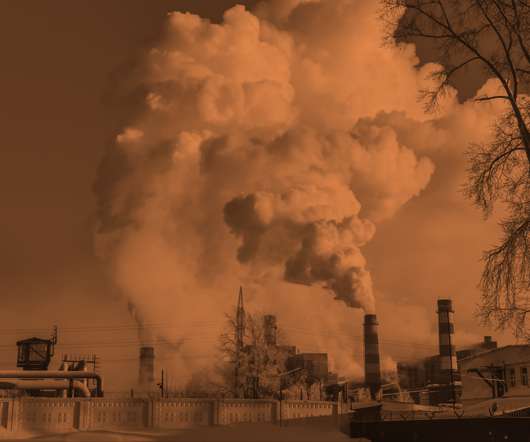How Food Waste is Degrading the Environment
The Environmental Blog
OCTOBER 31, 2022
Homes generate approximately 61% of this waste, 26% by food service, and 13% by retail. All of this amounts to a waste of the energy, water, and land needed to produce food. Food production, processing, packaging, and transportation all have an impact on global warming. billion tonnes of food, or 30% of what we produce.












Let's personalize your content